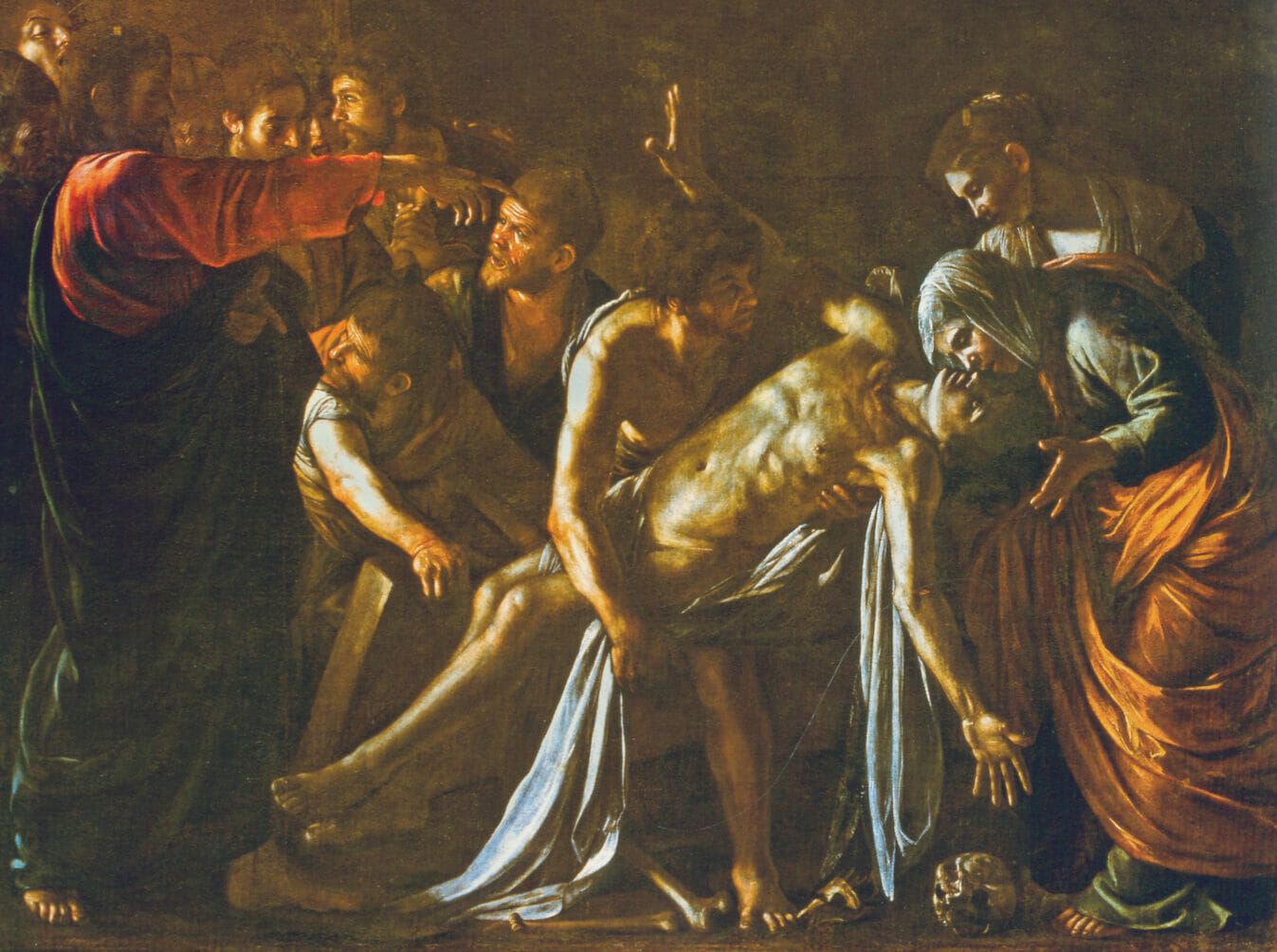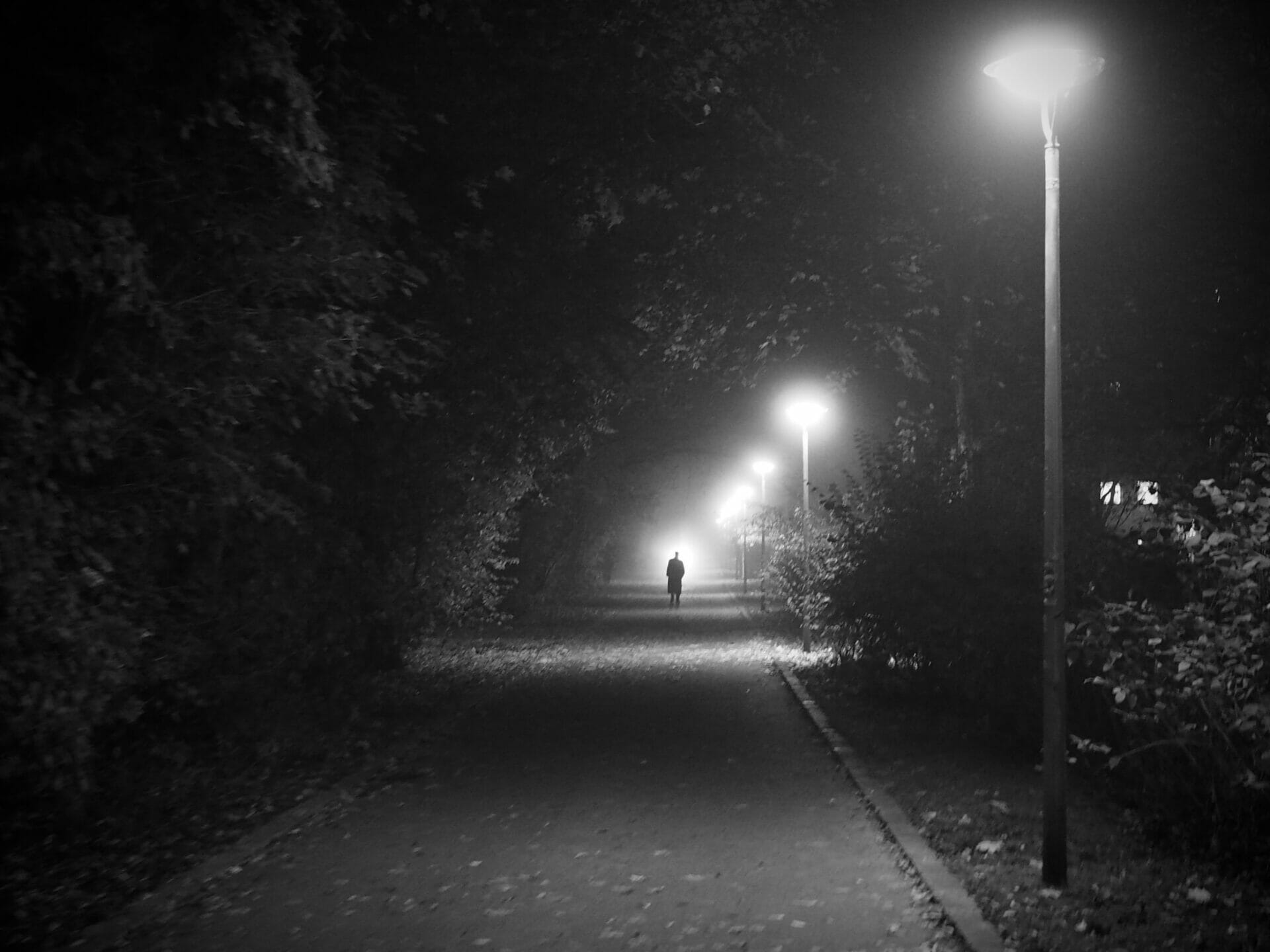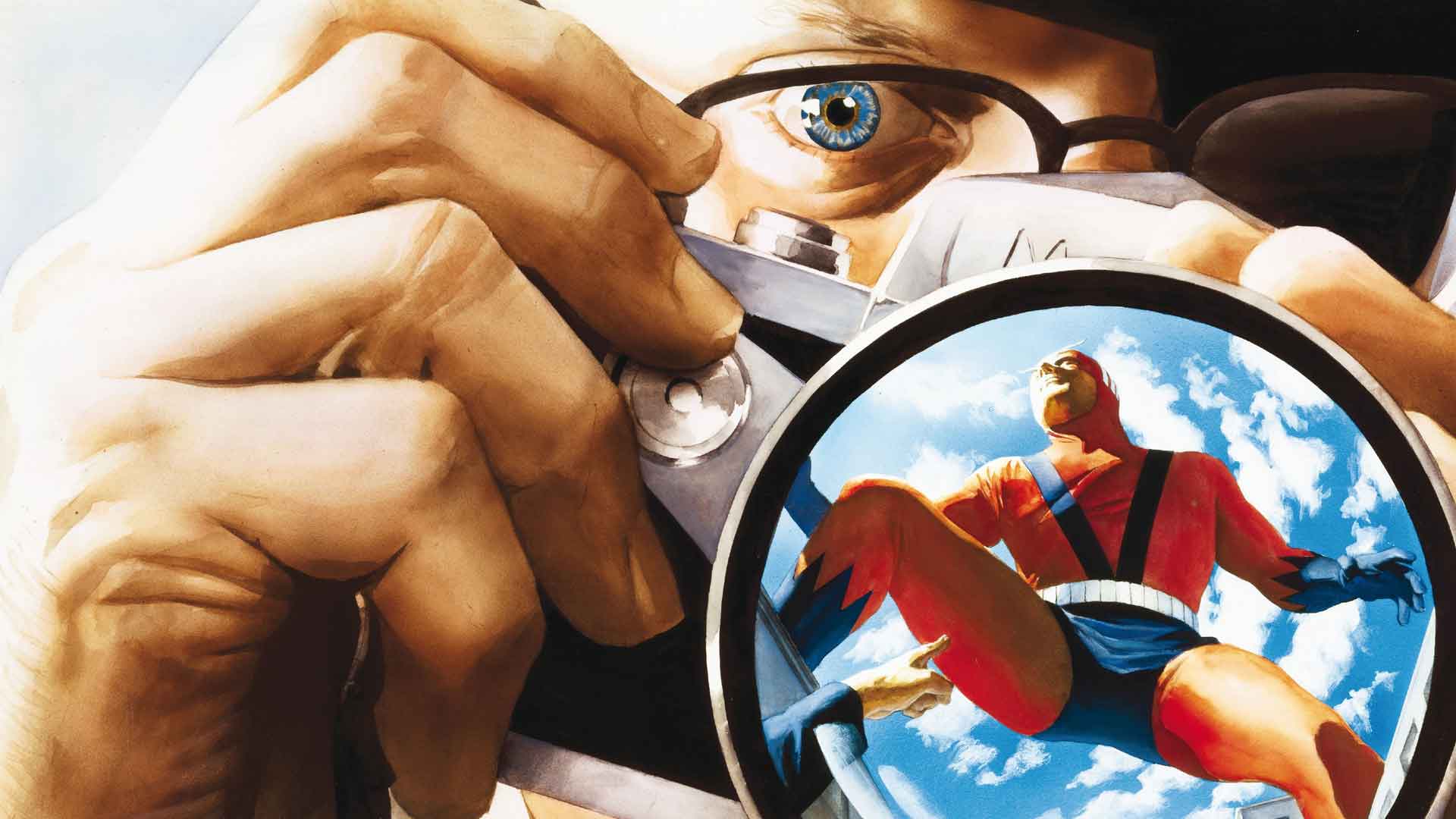
Marvels | A glowing celebration of nostalgia
Year
Format
By
It was the British writer Sir Arthur Conan Doyle, the creator of Sherlock Holmes, who said in one of his novels that “the chief proof of man’s real greatness lies in his perception of his own smallness.” Marvels shows just that: the smallness of man in front of other beings, which in this case are superheroes. The eyes that witness the rise and sometimes decline of these new wonders are those of Phil Sheldon, the protagonist. A freelance photographer and an ordinary man like many others, it is precisely this that makes this five-volume miniseries so particular.
Published in 1994 by Marvel Comics, it is written by Kurt Busiek and illustrated by Alex Ross, and tells the story of all the heroes who lived and fought between the pages of the comic books from the 1940s to the 1970s. This means three decades of heroes through which to fully explore the Marvel universe.
Marvels won the Eisner Award for Best Limited Series, for Best Painter and for Best Publication Design. The prizes are given annually since 1988 for creative achievement in American comic books and are sometimes referred to as the industry’s Academy Awards.
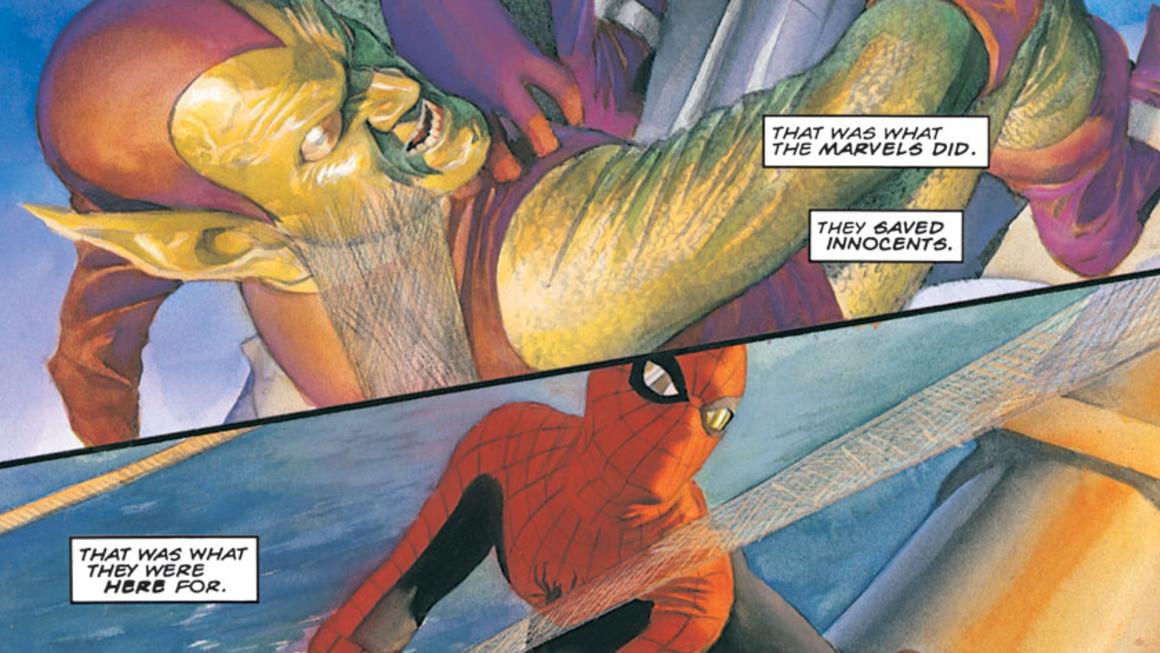
The beginning of a new era
I had no idea that it was going to be “important,” or even a hit. But it didn’t feel like just another job, either. It was so unusual, to be doing a story so steeped in this old history, all about this little old one-eyed guy wandering around the Marvel Universe going “Whoahh, look at THAT!”
Kurt Busiek in an interview for Fumettologica
It is 1939 and, during a scientific presentation, a man catches fire without dying. Everyone in the audience is amazed and frightened, but they don’t know how to react: nothing like this has ever been seen before. And the man even manages to escape. Will he be a threat from now on? Probably not, because that man was the Human Torch. Meanwhile, a young and humanly normal Phil Sheldon, that night, bears witness to the first ‘Marvel.’

Marvels is all about this, about Phil Sheldon and how his view of the world and of humanity changes when supernatural beings begin to appear on Earth. Through his eyes, it is as though the reader encounters superheroes for the first time. As if it all started with Marvels. From this point of view, Alex Ross’ style gives a major contribution to the identification with the protagonist: no one had ever represented superheroes using that style, thus the idea of a world wholly changed is echoed by the author’s illustration.
The Art of Alex Ross
One of the features that made Marvels a success is this art of Ross’. His drawings are real paintings, with a pictorial style tending towards hyper-realism and with a coloring made up of watercolor brushstrokes. Ross’ art enhances the reader’s sensation of meeting world-renowned heroes for the first time.
The use of perspective embodies the point of view of the protagonist. When he observes superheroes in action, for example, the shots are mostly from below, highlighting the difference between similar entities and a simple human. When, on the other hand, they are far from the photographer’s eyes – in the combat scenes – the characters seem to dance rather than fight. After all, it is a projection of how Phil might be imagining them at that precise moment.
While at the American Academy of Art, Ross was inspired by the works of Andrew Loomis and Norman Rockwell. For Marvels, Ross honed his technique and completed the five issues in about a year.
Ross himself explained that the large amount of time he needed was mainly for researching material and sources, to the point that he felt he was dealing with pre-production work for making a movie. For his designs, Ross used props from Marvels‘ three decades of reference, and the same principle also used to reproduce the costumes and haircuts.

He used his friends as models to paint the characters and even used photographic negatives for better color reproduction. Great attention to detail is part of his style, and he has a particular fondness for the presence of folds and wrinkles on clothes that make his works distinctive and hyper-realistic.
Marvels‘ nature
Marvels investigates the nature of the hero from a new, external point of view, trying to guess the true nature of these characters. Alex Ross, just a couple of years later, was able to continue the reflection for DC Comics, with Kingdom Come, in which he explores even further the concept that superheroes could become considerably close to gods.
But what did people think when they first appeared? Readers get an overview of what it’s like to not only see a new kind of hero but deal with it. To marvel at their phenomenal powers but to fear being the next collateral victim.
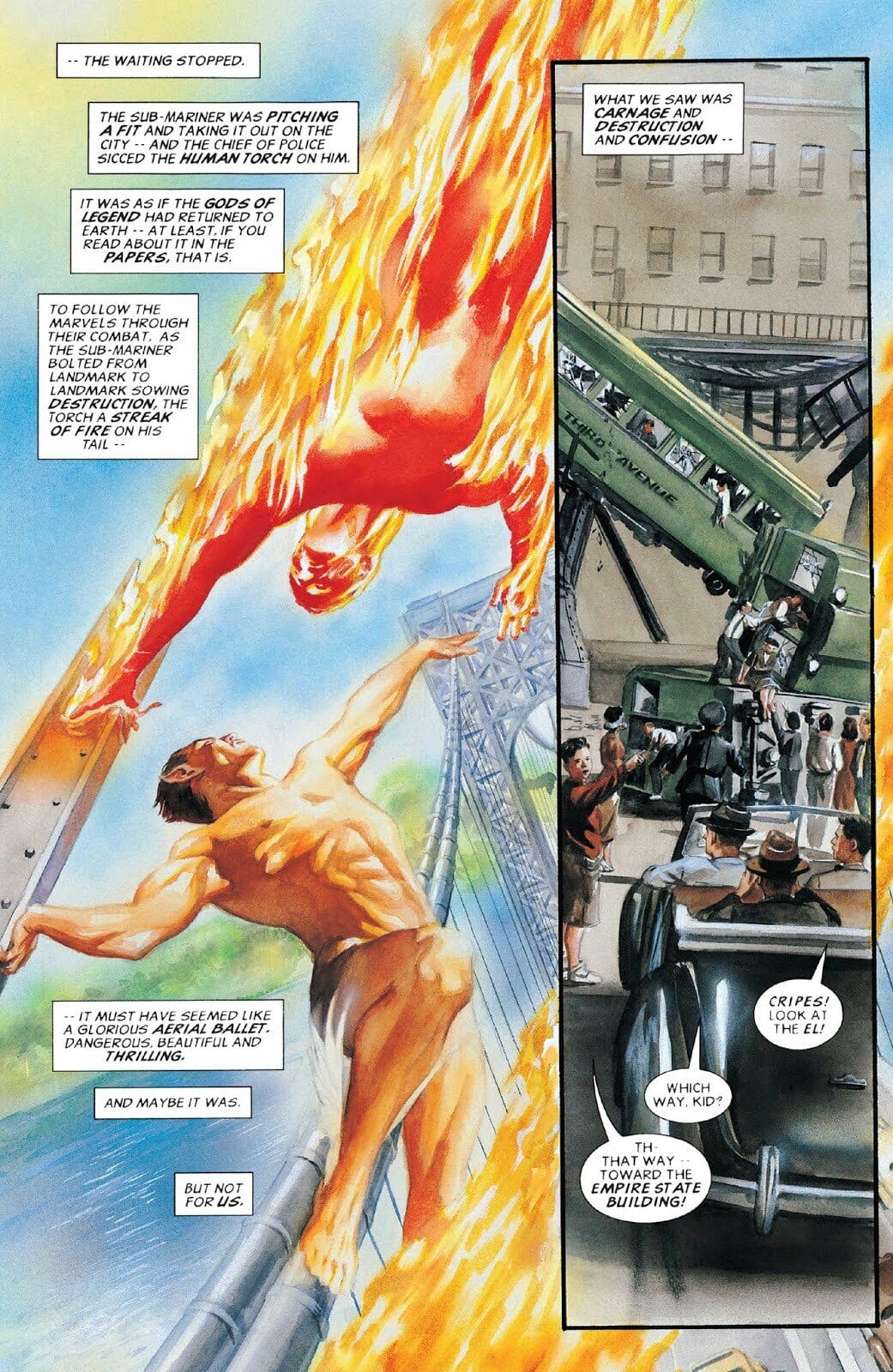
If, in other Marvel comics, humanity is what the heroes protect, one rarely wonders what ordinary people think. Marvels fills this gap. And in this way, it is not even that difficult to understand why New Yorkers are mad at Spider-Man, for example, as is often the case in his editorial line.
The Neo-Silver Age
Dealing with three specific decades (from 1940 to 1970), it was necessary to introduce the various superheroes at the exact moment in which they also appeared on paper for the first time. In this way, Marvels covered an entire era of comics, during which, in the 1990s, other publications had somewhat sunk into oblivion: the so-called Silver Age. It was a crucial period during which greater realism was sought in the psychology of the characters. Suffice it to say that Spider-Man, the “superhero with superproblems” who upended the codes of superhero creation, was born during this time.
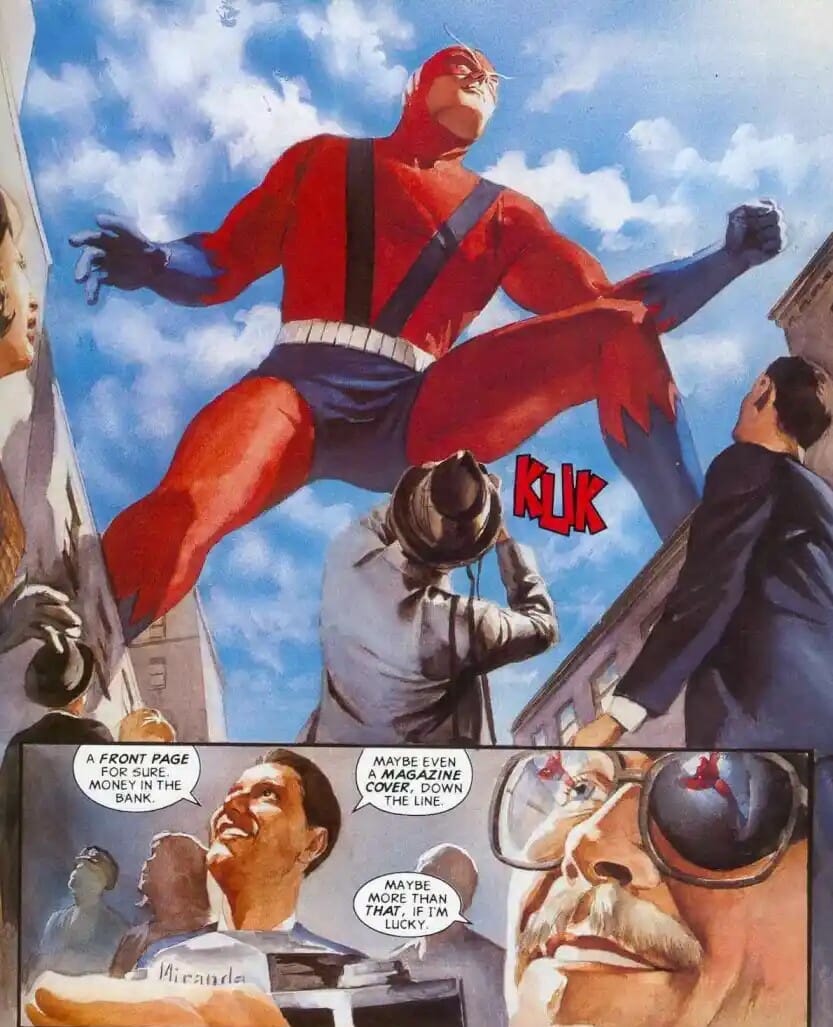
After the Silver Age, a period which over time has been losing much of its initial spark, there arrived the Dark Age of the 80s. Comics were somehow growing up, becoming intended for an often adult audience, with creations of the caliber of Alan Moore‘s Watchmen or Frank Miller‘s The Dark Knight Returns. Therefore, in the 90s, Busiek and Ross had felt the need to leave aside the dark tones and themes, which some authors, who had lost the panache of novelty, still dragged along.
So it was a return to the past. A reference to those stories that again, thanks to Marvels, were able to have new glory, or at least new consideration by readers. One could actually speak of the beginning of a new era, even: the Neo-Silver Age, in which an explosion of sentimentality has pervaded the comics world.
A feeling that strikes deeply
I feel I can speak for all the artists and writers whose work is so honoured in the pages of Marvels when I say that these tales are a glowing tribute to what has gone before and an inspiring presage of what is yet to come.
Stan Lee in Marvels: The Remastered Edition‘s intro
Marvel is a word that evokes an entire universe, made up of stories that shaped generations of readers. Along with it is another word which is quite relevant: nostalgia, as in a rediscovery of beloved superheroes in a whole new light. For Marvel and DC, it is a recurrent trend to quote, expand or reinterpret previous stories and characters.
Given the success of the miniseries, an attempt has been made to continue a similar trend over the years. An example is a real antithesis to Marvels, Marvels: Ruins, written and drawn by Warren Ellis and Terese Nielsen, in which Phil Sheldon is this time an observer of a dystopian world full of horrors.
Other examples were Spider-Man: Life Story, the story of some major moments in the life of Peter Parker told as he aged during the years; a series of comics about loss by Jeph Loeb and Tim Sale, which retraces Spider-Man, Daredevil, Hulk and Captain America; or the real Marvels sequel, Eye of the Camera, also written by Busiek but in which Alex Ross did not want to participate.
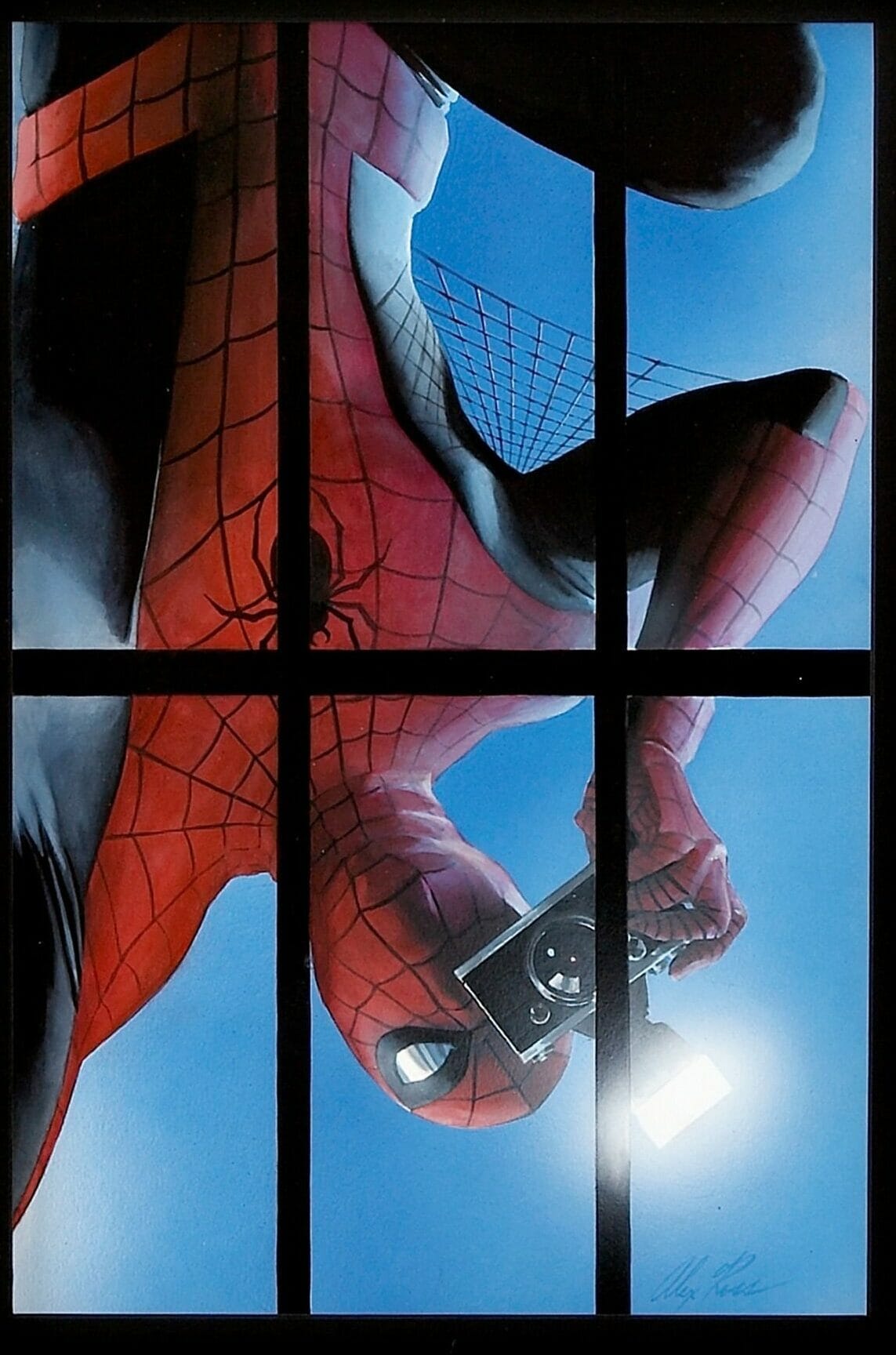
Twenty-five years later, though, Busiek and Ross published a new, alternative and, according to them, less anachronistic epilogue of Marvels. In the previous one, the story ended with Sheldon’s disillusionment caused by the sudden death of Gwen Stacy, which made him stop caring about superheroes. Here, instead, the authors enact a sort of return to the beginning, as the protagonist rediscovers his sense of wonder at the weird and marvelous entities that superheroes are.
Tag
Buy a ☕ for Hypercritic







